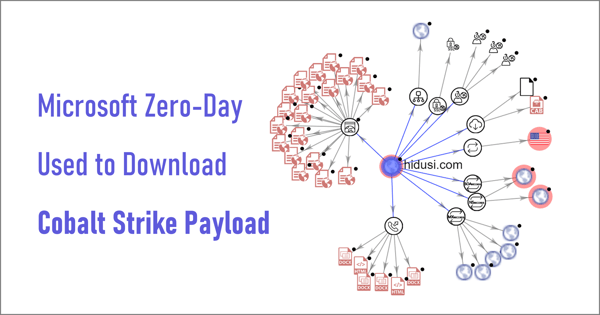October 10, 2019 • John Bambenek
Hostile Domestic Surveillance & Security Automation: A Case Study
2Min read
•
china,
Cyber Attacks,
threat intelligence,
case study,
threat detection,
security breach,
threat defense,
chinese apt attack,
security automation



